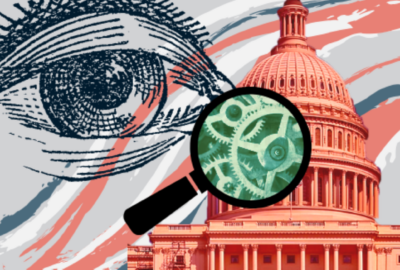Internet task force: innovative policy a priority
Learn more about the Internet Policy Task Force
By Vyomika Jairam
Internet Editor
FederalNewsRadio.com
The Internet Policy Task Force has been hard at work since its creation four months ago. The task force is housed in the Commerce Department and was designed to look at issues of privacy and innovation on the Web.
The reason for establishing the task force, Curt Barker, Chief Cybersecurity Advisor at the National Institute of Standards and Technology said, was to look forward to where the technology and demands of the industry are heading.
“We wanted to make ensuring that the internet remained open for innovation a top priority,” Barker said. “The focus is to identify leading public policy and operational challenges that we’re facing in the environment.”
Another goal: to bring different perspectives into one discussion.
“We’ve tended in the past to operate essentially in stove pipes, and this is an effort to leverage the capabilities and insights of the entire department to address our challenges in the internet area,’ Barker said.
In addition to NIST, the task force includes the National Telecommunications and Information Administration, the Patent and Trademark Office, and the International Trade Administration.
By bringing together the various agencies, Barker said, the task force can conduct a more comprehensive review of issues including privacy policy and innovation, cybersecurity, and online copyright protection.
One of the main elements the task force has already dealt with is the role of the private sector. Barker says the government needs to be working with the private sector, taking advantage of private sector insights and implementation capabilities, rather than telling them what’s good for it
“We agree that it is possible to do probably more harm than good by trying to dictate,” Barker said. “I think the government at this stage is trying to work with the private sector in order to meet the various cybersecurity challenges.”
The idea, Barker said is to formulate guides to serve as tools for private sector implementation, rather than guidelines or benchmarks. The ultimate goal? To educate the public.
“In many instances the goal is going to be to try to make the larger set of internet users more aware not just of the threats, but of what’s available, what practices are going to be most effective in protecting their interests while allowing them to conduct business as usual,” Barker said.
This interview was part of the Cybersecurity Update.
Copyright © 2024 Federal News Network. All rights reserved. This website is not intended for users located within the European Economic Area.





